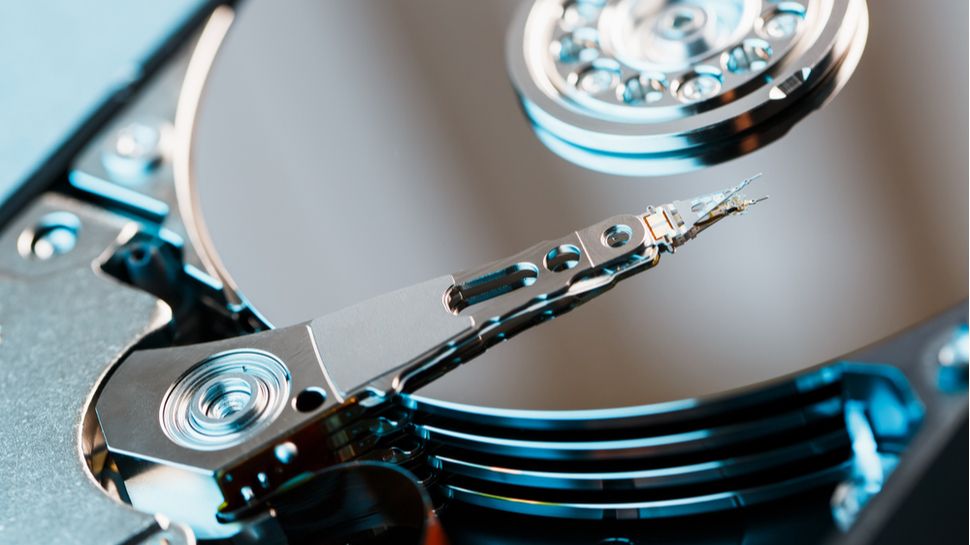The Vital Role of Your Main Drain in Home Plumbing
Exploring the Vital Role of Your Home’s Main Drain Understanding the Main Drain System The…

Exploring the Vital Role of Your Home’s Main Drain
Understanding the Main Drain System
The main drain of your home is like the unsung hero of your plumbing system. It quietly carries away all the waste and wastewater from your sinks, toilets, showers, and appliances, keeping your home clean and functional. Understanding how this system works can help you appreciate its importance.
Components of the Main Drain
Typically, the main drain starts at the lowest point of your home, usually in the basement or crawl space. It collects all the wastewater and sewage from the smaller drain lines throughout your home. From there, it connects to the municipal sewer system or your septic tank, depending on your setup.
Signs of Main Drain Issues
One of the first signs that something might be amiss with your main drain is slow drainage throughout your home. You might notice water backing up in your sinks, toilets gurgling, or even foul odors emanating from drains. These signs can indicate blockages or other problems in your main drain.
Common Causes of Main Drain Problems
Main drain issues can stem from various sources. Tree roots invading the pipes, buildup of grease and debris, or even structural damage to the pipes themselves can all cause problems. Understanding these causes can help you prevent issues before they become major headaches.
Preventive Maintenance Tips
Regular maintenance is key to keeping your main drain system in top shape. Consider scheduling professional inspections and cleanings every few years, especially if you have an older home or a lot of trees on your property. Avoid flushing non-biodegradable items down your drains, as they can lead to clogs.
Dealing with Clogs and Blockages
If you do encounter a stubborn clog in your main drain, there are a few steps you can take. Drain snakes or augers can often clear minor blockages, but for more severe issues, you may need professional help. Hydro-jetting is a method where high-pressure water is used to clear out debris and buildup in the pipes.
Repairing Main Drain Damage
In some cases, your main drain might suffer from cracks, leaks, or other damage. This requires more extensive repairs, which might involve digging up the pipe or using trenchless methods for a less invasive solution. Early detection of these issues is crucial to prevent further damage.
Knowing When to Call a Professional
While some minor drain issues can be tackled as DIY projects, it’s essential to know when to call in the experts. Persistent clogs, foul odors that won’t go away, or signs of water damage around drains are all indications that it’s time to bring in a plumber.
Benefits of a Well-Maintained Main Drain
Ensuring your main drain is in good condition offers several benefits. It helps prevent backups and water damage in your home, improves the efficiency of your plumbing fixtures, and can even extend the lifespan of your entire plumbing system.
Future-Proofing Your Plumbing
Investing in regular maintenance and addressing any main drain issues promptly is an investment in the longevity and functionality of your home. By staying proactive, you can avoid major plumbing emergencies and enjoy peace of mind knowing your main drain is working as it should.
Conclusion: Navigating the Depths of Your Main Drain
Your main drain may not be the most glamorous part of your home, but it plays a crucial role in keeping things running smoothly. Understanding its components, knowing how to spot issues, and investing in preventive maintenance can go a long way in ensuring your plumbing system stays in top shape. So next time you turn on the tap or flush the toilet, take a moment to appreciate the unsung hero quietly doing its job beneath your feet. Read more about main drain







